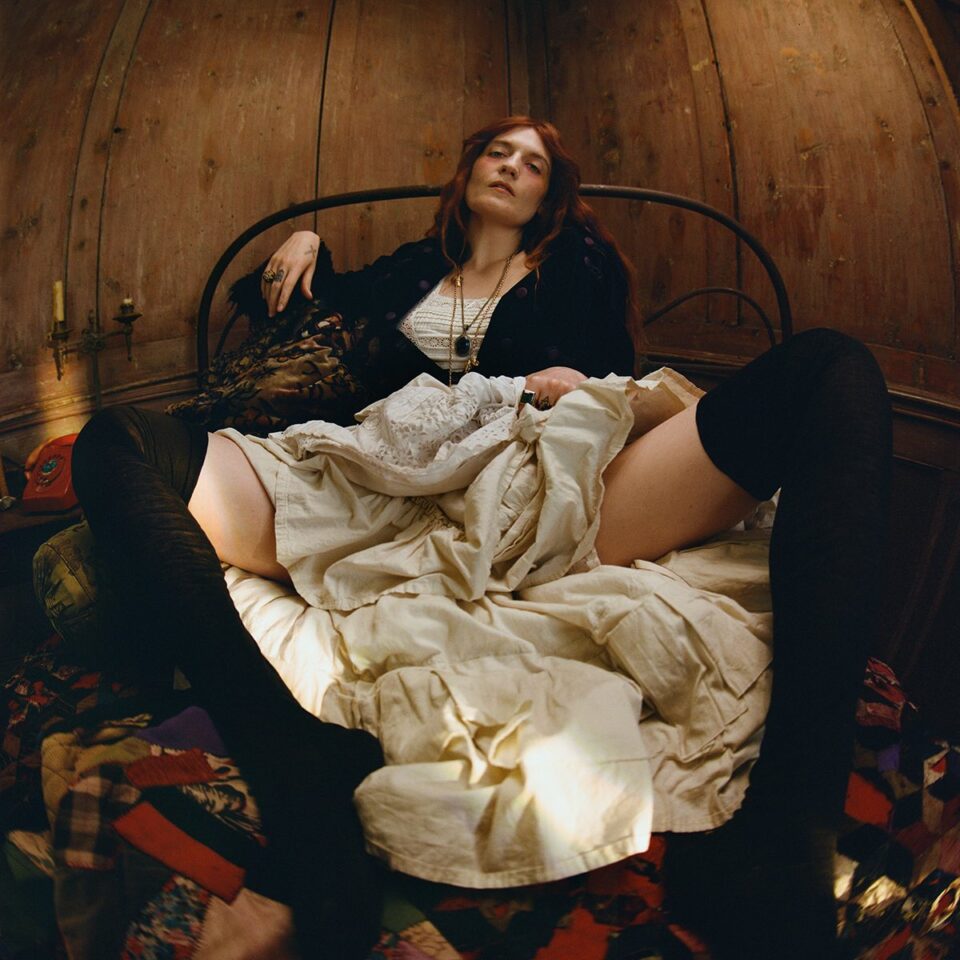It doesn’t seem farfetched to believe that once a work of art is donated to a museum, it’s there for life—like a wing of a hospital, or your handprints in the cement of your parent’s driveway—but apparently that isn’t the case at all.
Last week, New York’s Museum of Modern Art announced that they would be parting with a painting from their own collection as part of Sotheby’s upcoming Impressionist & Modern Art Evening Sale. The work in question, Claude Monet‘s Les Peupliers à Giverny from 1887, will be auctioned off on Tuesday, February 23, along with works by Henri Matisse, Pablo Picasso, Alfred Sisley, and many other masters of the time period.
.@jerrysaltz on MoMA’s Monet fire sale: http://t.co/i8pv0Dhbdw pic.twitter.com/EQJ65W5sdA
— Vulture (@vulture) January 14, 2015
While the impending sale of painting does stand to make MoMa somewhere between $13.8–18.4 million—which would be a fantastic chunk of change for the museum to spend on new pieces for the collection—many in the art world have lamented the institution’s choice to give up this work. Vulture’s Jerry Saltz wrote compellingly about the fact that the public will probably never be able to see this piece again once it has been purchased:
What’s most disturbing about this sale is how it’s taking place. I believe that once a work of art enters a museum collection, it should be out of play for private collections. A work in a museum collection should only be sold or go to another museum collection, where it can remain in public view and circulation. Museums can no longer vie with millionaires, billionaires, and high-profile art advisors at auction, so it’s doubtful that this little painting will ever be seen again in public.
Beyond the fact that these works will disappear from the culture’s collective consciousness once the auction is complete, these sales seem to place a strain on the relationship between museums, the public, and art collectors. These sales from institutions—such as last fall’s auction of three works from the Georgia O’Keeffe museum through Sotheby’s and the impending auction of Paul Cézanne’s Vue sur l’Estaque et le Château d’If from the Fitzwilliam Museum in Cambridge, England, through Christie’s—prove that the monetized art world’s tastes have moved past exquisite pieces by textbook “masters” and now crave the ownership of any piece by contemporary art figures like Jeff Koons.
While there is no doubt about the importance of supporting and celebrating modern artists, part of the joy of visiting museums is being in the presence of gorgeous pieces that have inspired and touched so many lives before yours. Les Peupliers à Giverny has been part of MoMa’s visual history for sixty-four years. It’s a shame that the painting’s public storyline will end so abruptly. So, ultimately, the question isn’t “can they do that,” it’s should they?









